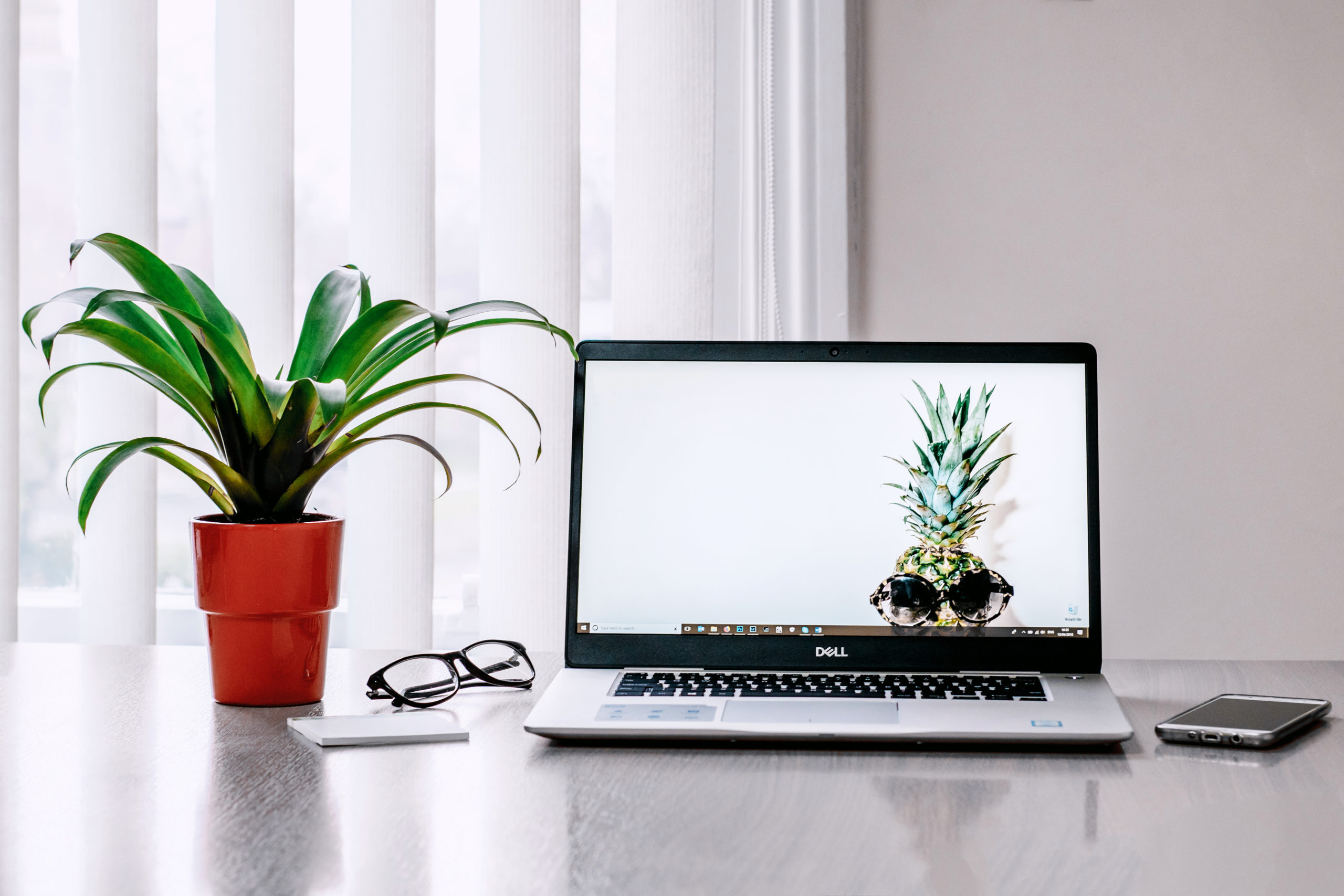6 Ways to Customize Your Windows Desktop, Taskbar, Toolbar
Doesn’t it seem like by the time you learn all the nuances of the latest Windows OS (operating system), like Windows XP, 7, and 10, Microsoft comes along to remind you time’s up (thanks to the company’s 10-year Fixed Lifestyle Policy) … and you need to move on to the newest version? By now, you’re comfortable with Windows 10, so why not see what else it can do? All you need are a few minor customizations to the desktop and taskbar to make a big difference.
Change the Look and Feel of Your Windows 10 Desktop
If you want to make your Windows truly your own, personalizing the background is a great place to start.
1. Windows wallpaper options
Picking a wallpaper that fits your interests or liking is easy to do; first, right-click your desktop and select Personalize, or go into Settings > Personalization > Background.
From there, you can select any one of many images from the dropdown menu or browse and choose an image from your computer.
Alternatively, go with the Slideshow option, which allows you to use an entire folder of images that Windows 10 will change based on an interval you set. Like adjusting your wallpaper, you can alter your Lock screen with a single image or Slideshow under the Lock screen tab. Tap the Colors tab to add some color, transparency effects, or dress up your Windows 10 desktop with a personalized theme (under Themes), which is a combination of wallpapers, colors, and sounds.
2. Organize your Windows 10 desktop icons
Sometimes, a quick cleanup can be the perfect refresh your desktop is looking for. Windows 10 has a few tools that can make organizing your desktop icons easy. Right-click a space on your desktop and select View.
Here you can change the size of your icons, snap them to a grid, auto-arrange your icons, or hide all of them by unchecking Show desktop icons. Don’t worry, “hiding” your icons doesn’t delete your files; it simply removes the icons from your desktop. If you opt to keep your icons, you can further sort them by characteristics such as name, size, type, date created or modified, or how many times you’ve opened it. You can find this feature under the View > Sort menu.
3. Clean up your Windows 10 taskbar
You can find a whole lot going on down in the Windows 10 taskbar, which, by default, is located at the bottom of your screen. You’ve got the Start menu, Cortana, a search box, and a plethora of app icons.
A bit of cleaning up can declutter and improve how your taskbar works. Removing items from the taskbar is easy, simply right-click anywhere in an open area of the taskbar and select which feature, including the Cortana button and search bar, you would like to remove or hide. To pin your favorite or most-used apps to your taskbar, tap the Start button, right-click on any app, select More > Pin to taskbar. Now you have access to those apps without having to go through the Start menu.
4. Relocate your Windows taskbar
If you prefer to move the Windows 10 taskbar to one of the sides or top of your screen or hide it entirely while you’re working, you can do so by right-clicking in an area of the taskbar, then tap Taskbar settings > Taskbar location on screen and select a position. In the same menu, selecting “Automatically hide this taskbar in desktop mode” will hide the taskbar until you hover the mouse over the taskbar’s location. You can further adjust the size of your taskbar icons in the same settings menu.
5. Rearrange Windows taskbar icons
Two other taskbar customizations don’t require you to go into settings. You can move your taskbar icons around either left or right by pressing down on an icon with your finger (if using a touch screen monitor) or mouse and dragging it to where you want it. To resize your taskbar bar, simply grab the top of the taskbar with your mouse and drag it to your desired height (taller or shorter). That’s it.
6. Add default toolbars
To add default toolbars: Address (type in a URL, and your browser will open the webpage), Links (shows all files in your links folder), and Desktop (shows all your links on your desktop) to your taskbar, right-click the taskbar as before, hover over Toolbars and click on the one(s) you want to add. You can further choose to add a new toolbar (a file folder you can access from the taskbar) by clicking New toolbar, locating the folder you want to add, and tapping Select folder. Now you can access files in this folder from your taskbar.
For More Windows Customizations, Download OneLaunch
Looking for the ultimate way to tweak your Windows 10 experience? Customize your desktop, taskbar, and toolbars with OneLaunch, the custom desktop software for Windows users.
Customize your PC with the personalized dashboard that brings a host of features like a web browser, package tracking, snippet tool, plus other productivity tools, to your fingertips. For even more Windows customizations, download and try OneLaunch for free.










 Share On Twitter
Share On Twitter